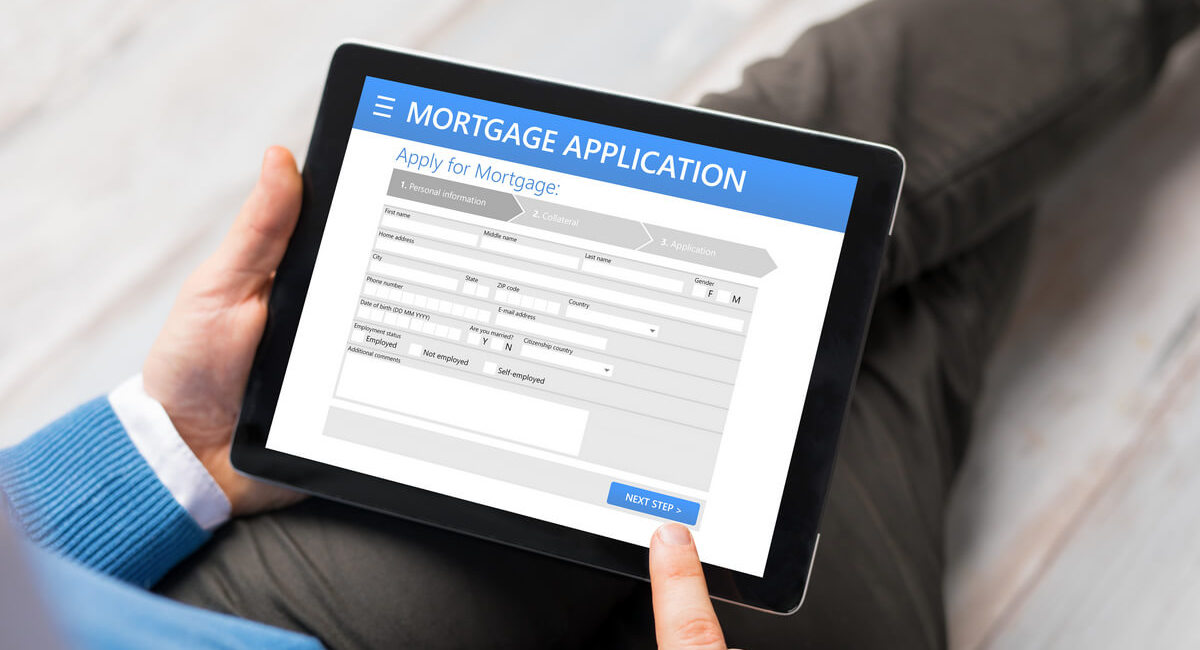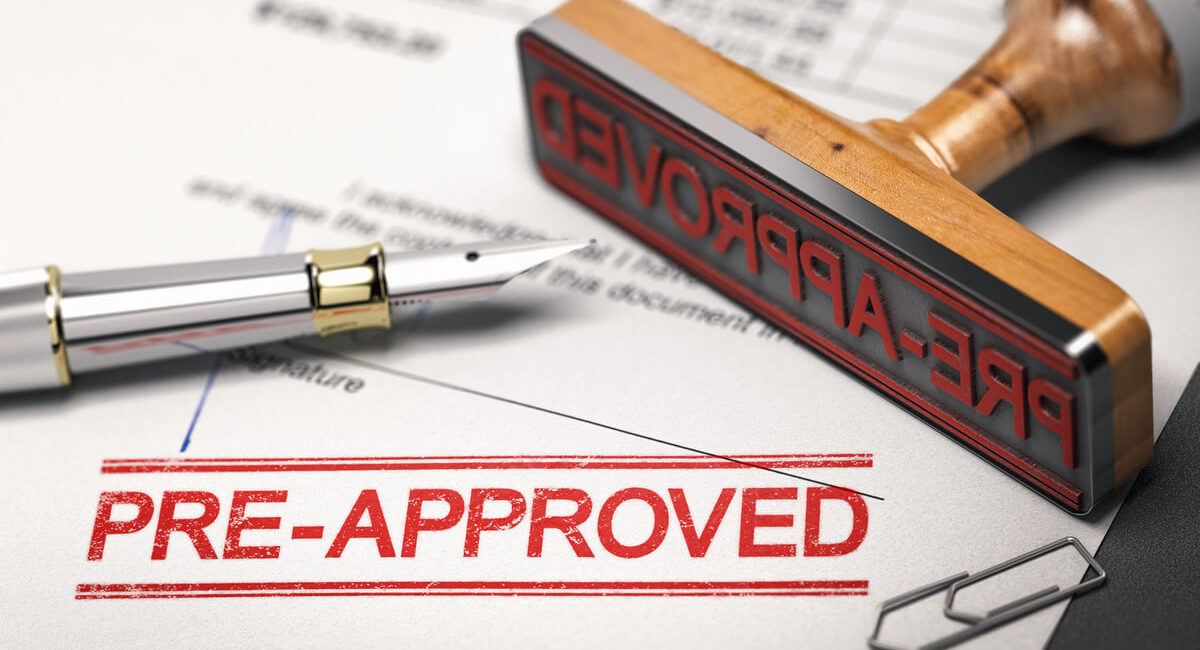Buying multi-family properties is one of the best ways to build wealth and secure your financial future. However, owning and managing real estate is a massive undertaking. Before entering the world of real estate investing, you should understand the benefits and drawbacks of purchasing multi-family homes, how multi-family homes are financed, and the steps involved when buying your first multi-family property.
What Is a Multi-Family Property?
A multi-family home is any property where multiple households live. This can include duplexes, triplexes, or quadplexes, as well as townhouses and row homes. Larger apartment buildings and mixed-use properties, which contain both residential and commercial units, are also considered multi-family dwellings.
Generally, buildings containing two to four units are considered residential properties. Dwellings with five or more units are usually classified as commercial real estate. Commercial and residential properties have different financing options, so it’s important to know from the beginning which type of property you’re interested in purchasing.

Benefits of Investing in Multi-Family Homes
Practically all types of real estate are reliable investments, but multi-family can be an especially lucrative venture. Cash flow is one of the greatest benefits of investing in a multi-family home. The income from multiple rental units can quickly add up. If you live in one of the units in the house, your rental income could cover your own monthly housing payment in full.
Multi-family homes also provide multiple streams of income. If one of your tenants leaves, you still receive rental payments from the other units. Tenant turnover will always impact your bottom line, but one renter leaving won’t completely halt your income when you operate a multi-family property.
Rental units are also in constant demand. Even when the housing market fluctuates or the economy takes a downward swing, people need somewhere to live. This is why rental properties are such a great investment and an excellent option for diversifying your portfolio and building wealth.
Challenges With Investing in Multi-Family Homes
Although owning a multi-family house offers plenty of financial benefits, it can come with its own fair share of challenges. Most notably, buying and managing a multi-family home is a much bigger venture than purchasing a single-family investment property.
Multi-family houses are more expensive than single-family homes, so you’ll need a larger down payment. You should also expect higher taxes, homeowners insurance, maintenance, and utility costs.
The day-to-day operations of a multi-family property are more complex as well. You’re working with multiple tenants, managing multiple leases, and responding to more maintenance requests. If you don’t have the time or capacity to manage all the operations, you may have to hire a management company, which will cut into your profits.

Financing a Multi-Family Property
Financing for a multi-family investment property can vary depending on the cost of the building, the number of units, and your creditworthiness. The following are some of the most commonly used forms of financing:
Traditional Mortgages
For smaller investment properties, many buyers use traditional mortgages just like they would for their primary residences. As long as you occupy one of the units as your primary residence, you can apply for an FHA or VA loan for a multi-family house. These government-backed loans can offer lower interest rates than conventional mortgages, and they may be available to borrowers with lower credit scores.
If you don’t plan to live in one of the units, a conventional mortgage may be the right option. Applying for a conventional mortgage for a multi-family property is essentially the same process as applying for one for a primary residence.
CMBS Loans
A CMBS, or commercial mortgage-backed security, is a portfolio of real estate loans that is sold to investors as a single asset. When you take out a CMBS loan, you’ll receive funding initially by a bank or other financial institution. Then, after closing, the loan will be put in the hands of a master servicer.
CMBS loans are often used to purchase larger multi-family buildings or commercial properties. However, these loans require a higher degree of creditworthiness than traditional mortgages, and you may face penalties for prepayment.

Bridge Loan
A bridge loan is intended to bridge the gap between your current and future financial needs. The term of a bridge loan can range from a few months to a few years, so they’re much shorter-term than other types of financing.
You could use a bridge loan if you plan to purchase a run-down property and upgrade it but are having trouble securing conventional financing. After renovating, you can then refinance to a traditional mortgage.
Investors also use bridge loans to purchase a new property while waiting for their current property to sell. The bridge loan provides the funds they need to close on the new house, and when the current property eventually sells, the investor uses the proceeds to pay off the debt.
Bridge loans offer fast closing and can provide financing when you have no other options. However, if your plans don’t come to fruition, you could find yourself on the hook for a large loan that needs to be paid off in two years or less.
Steps to Investing in a Multi-Family Property

1. Get Preapproved
Securing your financing is the first step you should take when preparing to invest in a multi-family property. Unless you’re buying the home in cash, you need a preapproval in order for your offer to be taken seriously by sellers.
Most first-time investors uses FHA, VA, or conventional mortgages to invest in a small multi-family property. If you think another type of financing will work better in your situation, you should consult with a financial advisor.

2. Set Your Budget
Your preapproval can give you a general idea of your budget, but you should always aim to stay below your preapproved loan amount. Having extra room in your budget for unexpected repairs and expenses is key, especially when managing a multi-family property.
Do some preliminary research by looking at multi-family homes in your area that have recently sold. Check out their sale prices as well as their rental rates, or look at rental rates for similar units nearby. This can give you an idea of what your monthly rental income will be compared to your monthly mortgage payment.

3. Look for Properties
Once you have a preapproval and a budget range, you can connect with a real estate agent and start looking for properties. Homes with four units or less are typically sold by real estate agents, and larger properties are usually sold by commercial real estate brokers.
When viewing a property, consider its location, current occupancy, and the current rental rates. Assess whether any units need to be renovated or whether you’ll need to make any major repairs in the first few years of ownership. You should anticipate that around 50% of your rental income will be used for non-mortgage expenses, including insurance, taxes, maintenance, and management. However, this percentage could grow if the property needs a lot of work.

4. Make an Offer
Your agent will help you draft an offer when you find the right multi-family property. In a hot real estate market, your offer needs to be competitive but practical. For instance, you could offer a flexible closing timeline to make your offer more appealing, but you should never waive the home inspection.
It’s not uncommon for sellers and buyers to negotiate on a deal for a multi-family property. Allow your agent to handle the communication, and think carefully before making any big concessions. Buying a multi-family house is a big financial decision, and over-extending yourself to make the deal happen could put you in a regrettable position in the future.
Investing in a multi-family property is a great way to begin your wealth-building journey. Real estate almost always appreciates, and the cash flow from a multi-family home can open up future investment opportunities. Do your research, take your time, and work with trusted agents and advisors to make sure you find the right property.



